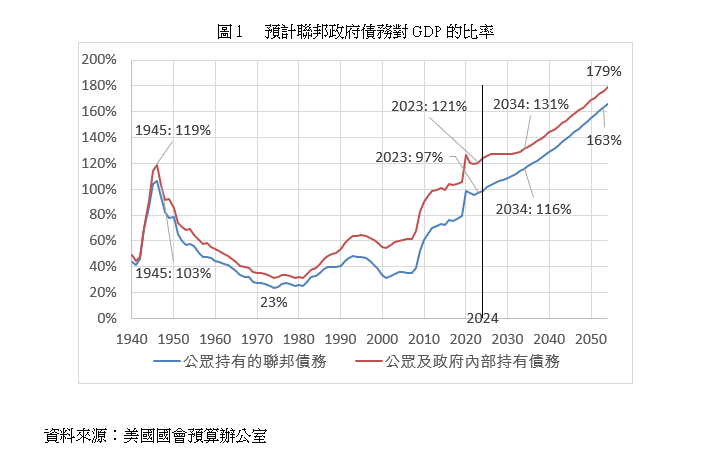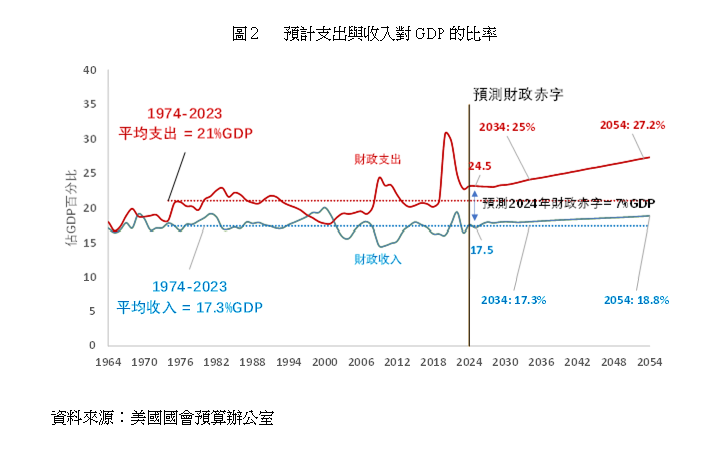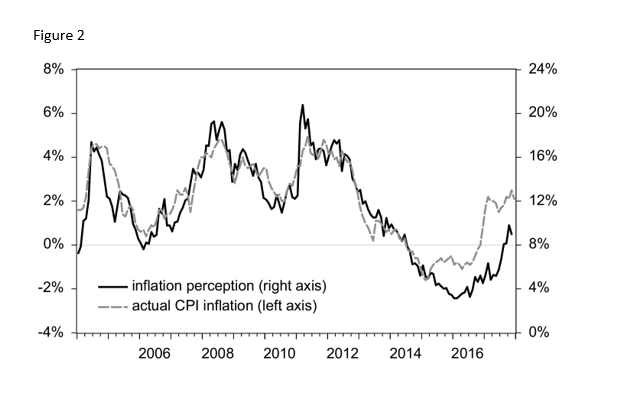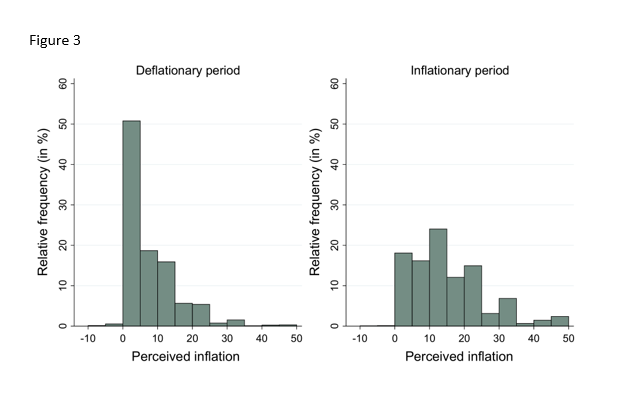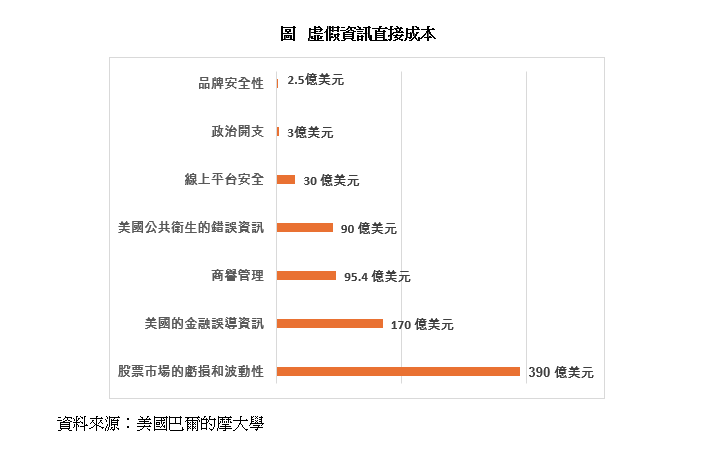Navigating Hong Kong’s Trade Digitalization: Three Essential KPIs
Professor Heiwai Tang and Ms Shuyi Long
30 October 2024
In the 2024 Policy Address recently announced by the Chief Executive, mention is made of the Government’s plan to boost investment in the development of the digital economy, particularly in the digitalization of trade. Concrete measures include expediting the establishment of the Trade Single Window and forming a working group within the Hong Kong Monetary Authority to study the creation of a digital trade ecosystem with a focus on talent and infrastructure.
Soon after its release, the Policy Address sparked wide discussion in the community. Besides repeatedly writing about launching trade digitalization in Hong Kong time and again, we have also advocated for this issue publicly. Not only is digital trade an emerging trend in trade but it also presents a golden opportunity for the city’s growth. Hence, apart from the prerequisite hardware for building the Trade Single Window, it is crucial to concentrate on the transformation of trade models and to be fully prepared for the development of digital services and cross-border e-commerce.
Paperless trade
One key aspect of digital trade is paperless trade, which involves digitalizing and automating all procedures during the trade process. This entails converting paper texts into digital files and changing from manual to electronic vetting processes so as to reduce costs in labour, resources, and time. The Trade Single Window in the Policy Address is tantamount to digital customs administration. This platform streamlines the processing of imports and exports by integrating all procedures, covering customs clearances, declarations, document completion and submission, as well as fee payments into a unified digital interface.
Not a novel concept that emerged in recent years, the Trade Single Window has long been introduced in various countries and has already been widely used. According to the 2023 United Nations Global Survey on Digital and Sustainable Trade Facilitation, over 40 countries worldwide have fully implemented the Trade Single Window System, including developed nations in Europe, the US, and Japan as well as developing countries such as Peru, Thailand, and Brazil. Having launched the first two phases of the Trade Single Window, the Hong Kong SAR Government plans to complete the final phase by 2026.
In addition to customs, international trade encompasses many other aspects ranging from shipping and goods collection to loans and insurance, plenty of which still require paper documents. A 2022 report of the World Trade Organization (WTO) estimates that each cross-border trade transaction involves at least 240 copies of 36 documents. Digitalizing the submission, vetting, and handling of all these documents will not only save paper and protect the environment but also streamline processes, saving much time and manpower. While establishing the Trade Single Window, Hong Kong should hasten the digitalization of other departments associated with trade, including updating regulations on the legal status of electronic documents and enhancing the digital infrastructure for processing them, thereby enabling Hong Kong to handle a larger trade volume.
Electronic commerce
Progress in paperless trade can be regarded as pivotal to digital trade and even the broader digital economy. However, digital trade does not merely change the flow of traditional goods trade to electronic mode. The WTO and the World Bank classify digital trade into digitally ordered trade and digitally deliverable trade. The former is characterized by e-commerce while the latter comprises the bulk of financial, legal, and consultation services. Both types of digital trade have enormous potential in the Hong Kong market. Although still in its infancy, e-commerce in the SAR has ample room for growth. Given that imports and exports of services are one of Hong Kong’s strengths, the digitalization of services trade is sure to usher in greater opportunities for this thriving sector.
E-commerce has become a massive market with a global income exceeding US$4 trillion and is expected to maintain rapid expansion for at least another decade. Hong Kong’s e-commerce market has also undergone dramatic development in recent years. Government statistics show that e-commerce sales were valued at over HK$30 billion in 2023, with clear signs of continued growth momentum ahead. Readers may be aware from their daily experiences that businesses like Hong Kong’s Yoho and HKTV Mall, the Mainland’s Taobao and Jingdong, and Amazon from overseas have become an increasingly important part of our lives, whether through their online platforms or retail sales.
Yet the Hong Kong’s e-commerce market still offers tremendous opportunities for development. At present, this sector accounts for approximately 8% of the SAR’s total retail sales—a percentage that pales in comparison to developed e-commerce markets such as Mainland China, the UK, and South Korea (each standing above 25%) but is also lower compared to neighbouring countries such as Japan, Taiwan, and Singapore. This relatively low market share implies that consumption potential remains largely unexploited. Meanwhile, numerous enterprises and merchants will have the opportunity to get a slice of the e-commerce pie.
The local e-commerce market is now in urgent need of improvement in the following two areas. First, e-merchant facilities, e.g. logistics and internet platforms, are not up to par. Despite the availability of next-day delivery, same-day delivery, and even delivery by the hour in the Mainland, Japan, and South Korea, it can still take up to three days for orders to be delivered from Kowloon to Hong Kong Island. Consumers encountering problems with their purchases still have to undergo complicated procedures, ranging from after-sales service and communications to returns and refunds. These inconveniences only offset the biggest advantage of online platforms―efficient shopping. Ever in pursuit of efficiency, Hongkongers may find it more convenient to shop by going out to local stores or travelling north to Shenzhen.
Second, for businesses looking to develop e-commerce capabilities, the lack of the right skills is another problem. With an insufficient talent pool in e-commerce, hiring is difficult even for big companies, let alone small and medium enterprises (SMEs). A report released by FedEx in 2022 reveals that 60% of Hong Kong’s SMEs find it difficult to hire personnel with e-commerce skills. E-commerce differs from conventional retailing in terms of management, sales, operations, and promotion. Hence, to many merchants, e-commerce professionals are a prerequisite for developing this business. The Hong Kong SAR Government should drum up support for talent training programmes at local higher education institutions and companies so as to quickly expand the talent reserve, thereby giving a boost to the e-commerce sector.
Trade in services
Services trade delivered through digital channels largely comprises professional services, including finance, law, education, healthcare, and information technology. In 2023, the world’s digital services exports amounted to over US$4 trillion, with the US, Mainland China, Japan, and India being the largest exporters.
Hong Kong being the world’s most services-oriented economy, the city’s services sector contributes to over 90% of its GDP, 60% of which is made up of services delivered through digital channels. Last year, the sector’s total production value exceeded HK$2.5 trillion, with the financial sector alone contributing more than HK$550 billion. With competitive advantages such as diverse services, a sound legal and judicial system, and an abundance of professionals, Hong Kong is second to none among the large services exporters mentioned above. Nevertheless, the digital services export figures simply do not do justice to these obvious advantages. In 2023, Hong Kong’s total services exports were valued at HK$700 billion, with digital services exports accounting for merely HK$300 billion (approximately US$45 billion). In comparison, Singapore’s digital services exports in the same year were valued at US$180 billion, nearly five times those of Hong Kong.
In the digital trade era, the challenges facing Hong Kong in leveraging the services sector’s distinct advantages can be attributed to the following reasons. First, digital services exports have been hindered by the incomplete progress in paperless trade. So long as required procedures of customs, banks, and the Government remain to be fully digitalized, digital services exports cannot be conducted on a large scale. In addition, unlike trade in goods, trade in services is also subject to various restrictions governing internet safety, cross-border data flow, and cross-border electronic payments. Since these issues cannot be resolved unilaterally, Hong Kong must negotiate with its trading partners to reach a consensus, making digital trade-related agreements indispensable. In this year’s Policy Address, the Government pledges to insert relevant provisions on digital trade and cross-border data flow into bilateral and multilateral trade agreements.
Last but not least, all sectors rely on platforms and opportunities to break into overseas markets, and the services sector is no exception. While sizeable companies in the services sector can probably explore export prospects on their own, SMEs are bound to stumble upon formidable challenges in following suit. They need the Government to provide them with information and connections, much like those offered for trade shows and exchange activities. The Government should consider taking similar measures to facilitate overseas visits and exchanges between companies in the services sector with foreign businesses. In addition, Government offices can be set up in Hong Kong’s major trading partner countries to help local enterprises to develop overseas markets. These initiatives would benefit the thriving services sector, propelling it to new heights.







